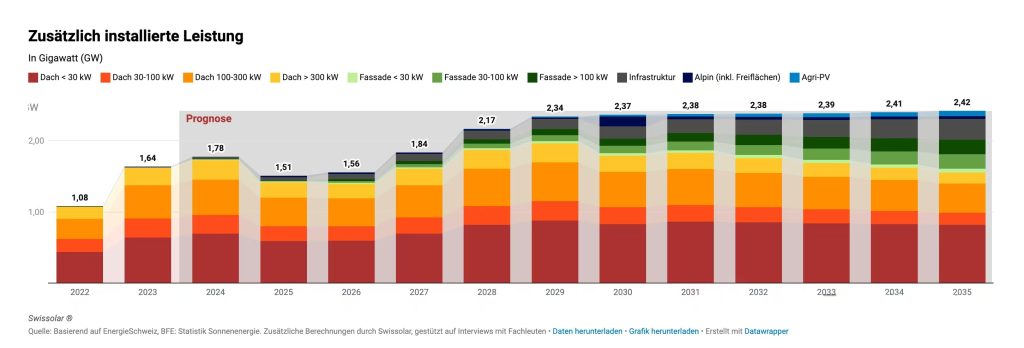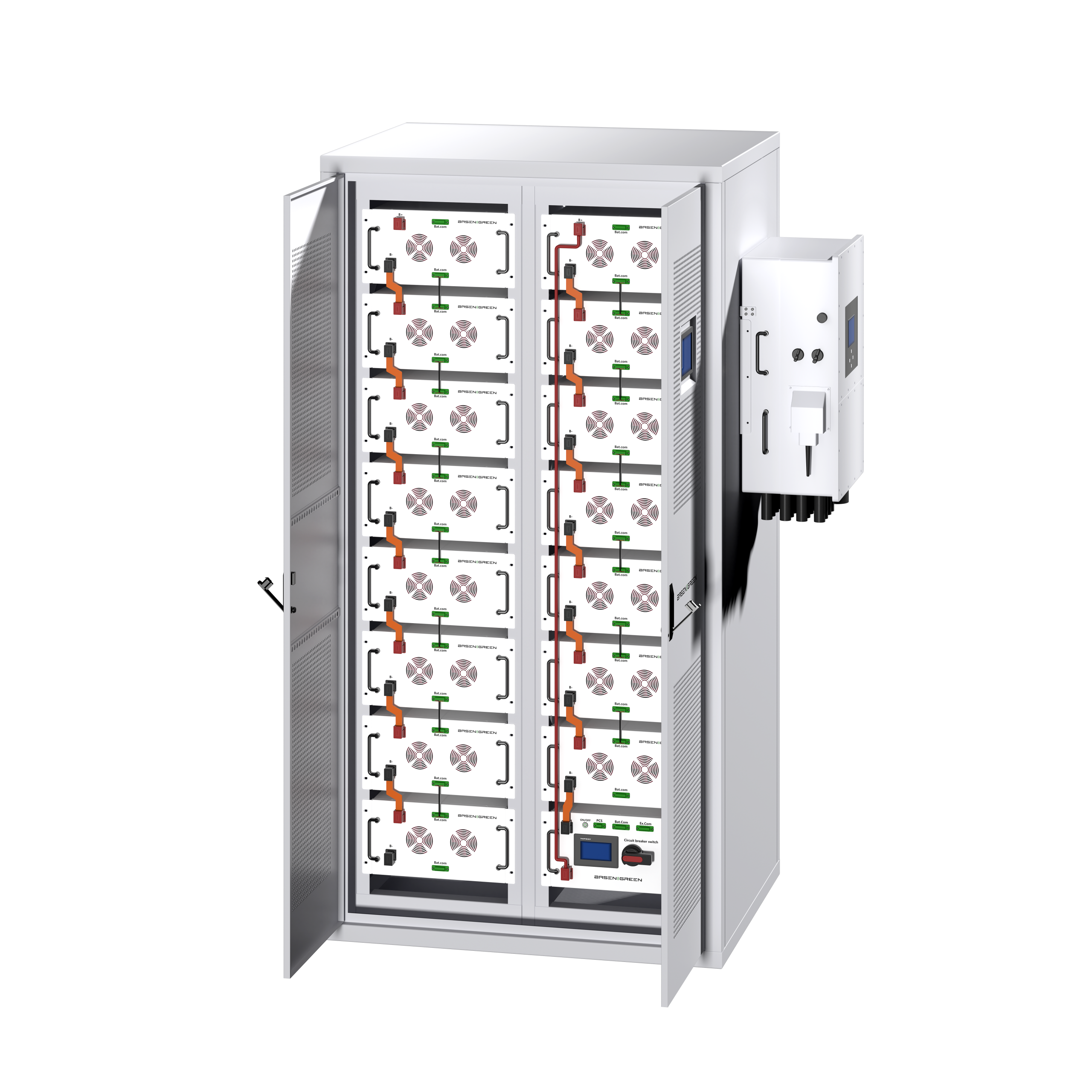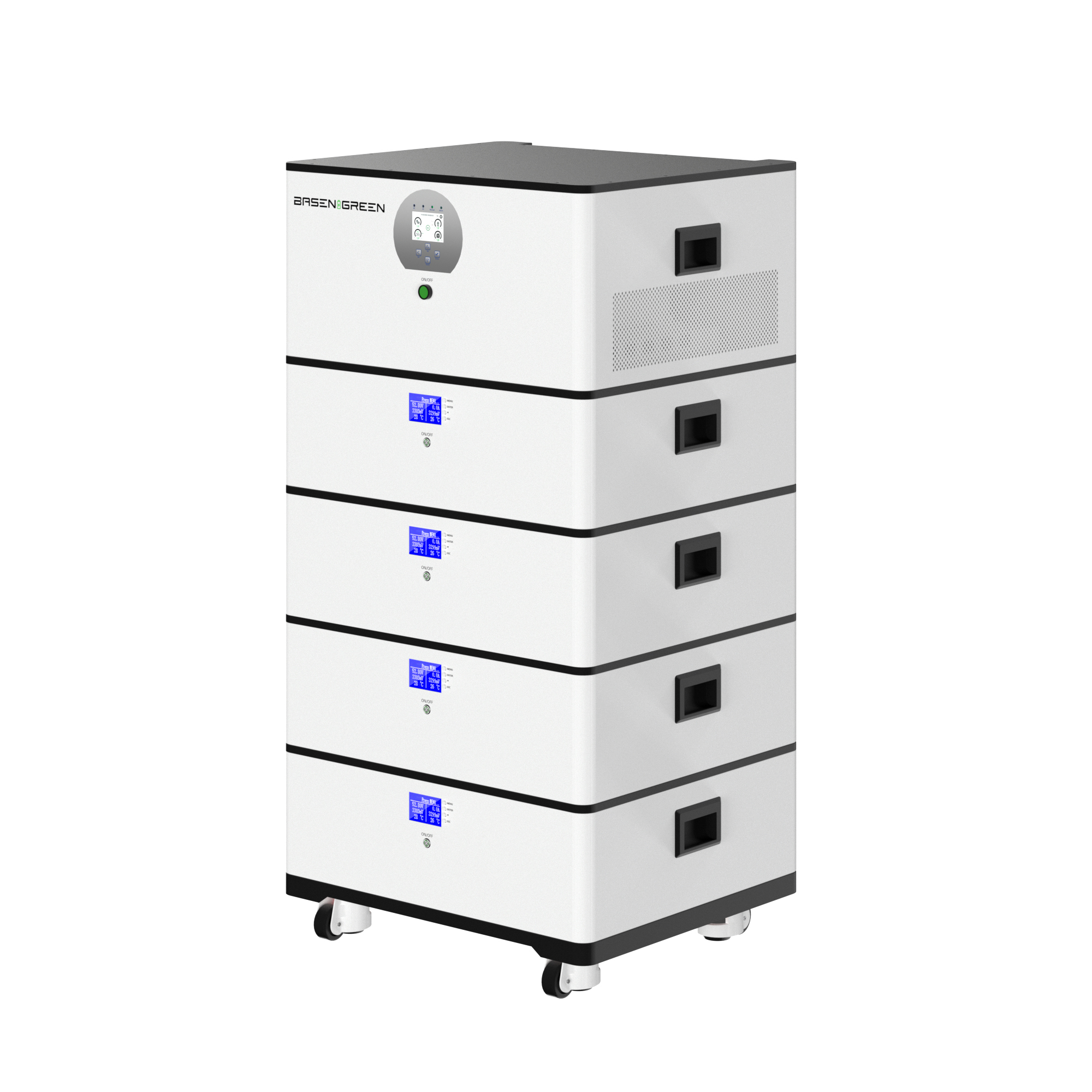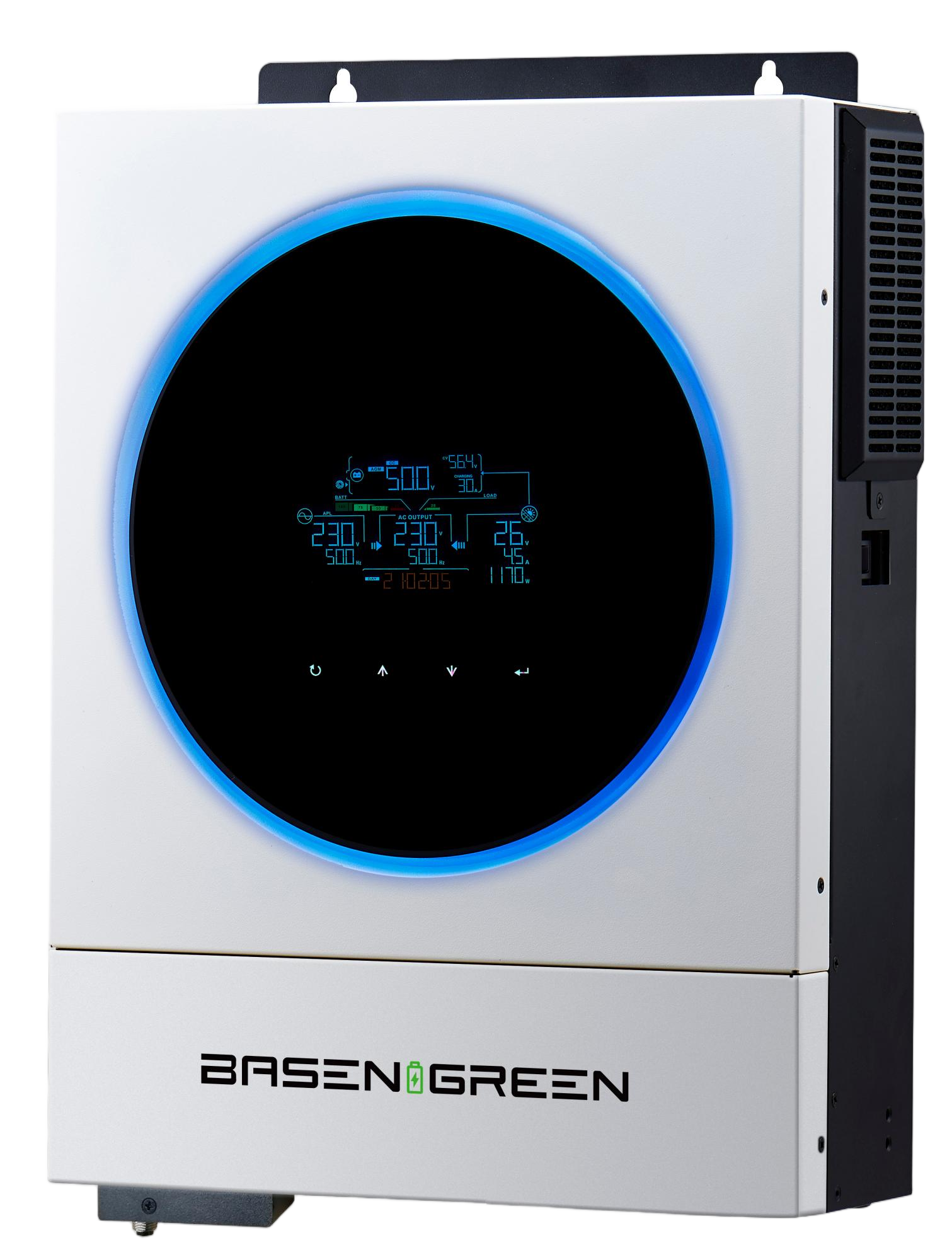The Swiss Federal Council has adopted a second set of regulations aimed at implementing the Act on Secure Electricity Supply Based on Renewable Energy Sources. These new regulations will enter into force on January 1, 2026.
The regulations cover a wide range of areas, including PV development, tariff adjustment, and energy storage incentives, and aim to promote the popularization of PV systems and self-generation and self-consumption of household rooftop PV, and flexible changes in tariffs, so as to allow users to adjust their electricity consumption in accordance with the load on the grid, reduce the pressure on the grid, and promote the application of renewable energy sources.

Protecting the benefits of photovoltaic power generation and setting minimum compensation standards
The distribution grid company must receive the electricity delivered by the generating facility (e.g. PV plant) and pay a reasonable fee. If the parties fail to reach a compensation agreement, compensation will be determined based on the quarterly average market price. The new regulation also sets a minimum compensation standard to protect PV plant revenues from long-term low prices.
- For PV plants smaller than 30 kW: the minimum subsidy is 6 Rp./kWh;
- For PV plants between 30 kW and 150 kW: the feed-in tariff of 6 Rp./kWh is applied for the first 30 kW of electricity. Beyond 30 kW, the feed-in tariff is no longer subsidized;
- For photovoltaic plants of more than 30 kW, if there is no self-consumption at all and the electricity generated is fully fed into the grid: the minimum feed-in tariff compensation is Rp. 6.2/kWh;

Introduce dynamic tariffs to encourage the adjustment of electricity consumption:
The new regulations encourage users to adjust their electricity consumption according to the load on the grid. For example, not using high-powered appliances or not charging electric vehicles during periods of peak electricity demand, thus helping to reduce the burden on the grid.
In addition, the new policy allows for the use of dynamic tariffs, where the price of electricity varies over time or by region. When the load on the grid is high, the price of electricity rises, and electricity consumers and generation users can adjust their electricity use or generation behavior based on this signal.
Lower grid access costs and upgraded energy storage incentives:
Household customers who join an energy community and sell electricity across the wall through the public grid will receive a discount of up to 40% on the cost of grid access. If multiple grid levels are used, it is 20%.
In addition, households that install energy storage systems or store energy through electric vehicles will also be compensated for grid usage charges, thus further encouraging the use of energy storage technologies and reducing the need for grid expansion.
Transparent measurement and consumer information:
Distribution companies will still be responsible for meter metering in their jurisdictions, and the new rules require them to set reasonable metering charges and to disclose these charges. Metering costs are to be listed on a separate bill, separate from grid usage costs.
Information that must be made known to customers:
- How customer electricity consumption compares to last year;
- What the average electricity consumption is;
- The range of electricity consumption of other electricity consumers in the same customer group;
The Swiss Solar Association (Swissolar) expects the new provisions of the Electricity Act to come into full effect and trigger further market growth. According to its forecasts, the annual growth rate of photovoltaic (PV) power generation in Switzerland is expected to stabilize at around 2.1 TWh from 2029 onwards, and the variety of PV power plants will also increase. For example, on building facades, infrastructure, or agricultural PV. This will result in more than 28 TWh of photovoltaic power generation in Switzerland in 2035, which is about 50% of the current end consumption of electricity.







